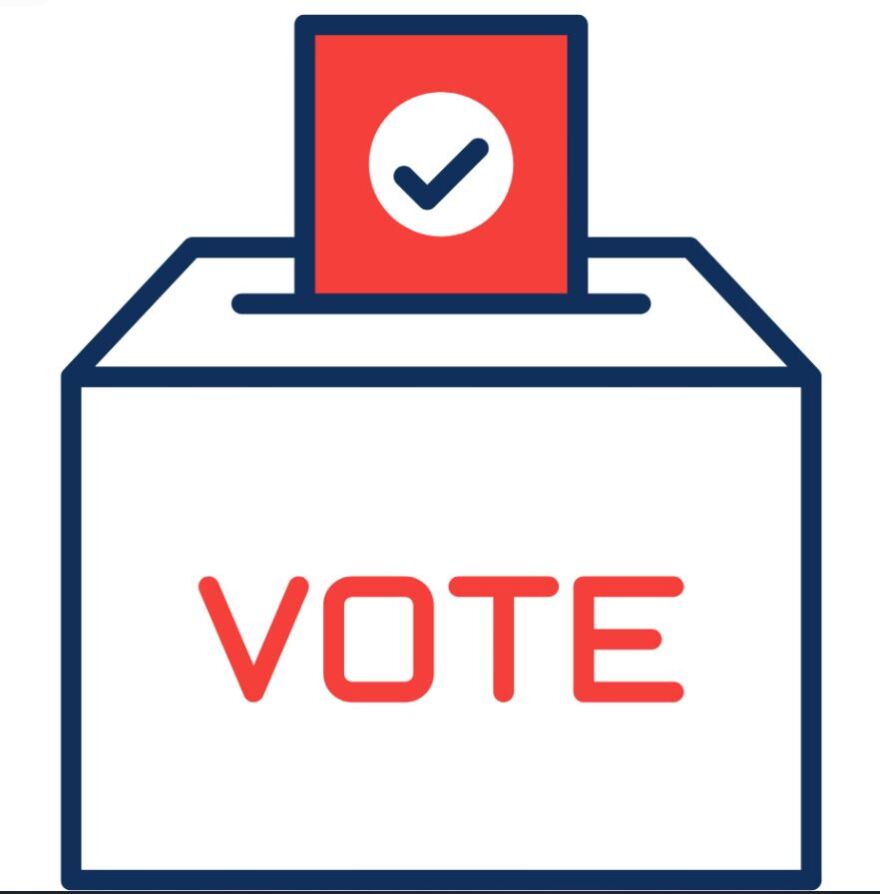TALLAHASSEE — Florida supervisors of elections are pushing back on a rule proposed by Gov. Ron DeSantis’ administration to update standards for determining voters’ intent on ballots, saying the proposal includes “inconsistencies” that could lead to problems for county canvassing boards.
The proposal lays out what canvassing boards must consider when trying to figure out what voters were trying to choose when they have not filled in circles next to candidates’ names or issues on the ballot. Voters frequently use checkmarks, lines, stars, other marks — or sometimes words — to indicate their choices.
The proposed rule includes numerous examples of what types of markings should be deemed acceptable and those that the state says would not meet muster. The proposal is more restrictive than a current rule and wouldn’t give canvassing boards enough flexibility to determine how voters meant to vote, according to some supervisors
“Just because you make a mistake doesn’t mean you should lose your right to cast a vote in a contest,” Pinellas County Supervisor of Elections Julie Marcus said Thursday during a hearing led by state Division of Elections Director Maria Matthews and Genevieve McNalis, an attorney for the division.
Marcus, who chairs the rules committee for the Florida Supervisors of Elections association and joined Thursday’s hearing by phone, said “these are people's votes, these are legal, registered voters who have cast a legal ballot.”
“We should do everything possible to count their legal vote. And so if we want to look at this, that way, I think it would be more helpful when writing this rule, versus trying to write a rule where we're trying to find ways not to count votes,” she said.
Other supervisors said the proposed rule was confusing and could be a problem if observers use it to challenge canvassing board decisions about which votes should be counted.
“A vote shall not count for a candidate, issue, choice, or judicial retention choice in a contest unless determined to be a valid vote pursuant to this rule,” the proposal says, mirroring part of a 2008 rule currently in effect.
The proposed changes would reduce flexibility for canvassing-board members in making decisions, supervisors said.
“Sounds to me like the canvassing board is not going to have the ability to think and reason,” Okaloosa County Supervisor of Elections Paul Lux said. “You can cut down all the trees in Brazil and you cannot make enough paper to write a rule that covers everything a voter will do with a ballot.”
Lux suggested tweaking the proposed rule, which has been in the works since January, to include “a catch-all provision to say there has to be some flexibility” for canvassing-board members.
Lux also said part of the proposed rule is “not clear, from the perspective of the person who's going to have to answer the questions to my canvassing board when they read this and they say, ‘Well, what does that mean, Paul?’”
Lux and other supervisors also are seeking changes to some of the proposal’s examples of valid and invalid votes.
One section of the proposed rule addresses how to determine whether what is known as an overvote — where voters have marked more than one candidate or issue — is valid.
“These examples are inconsistent and very problematic, as most of our voter intent reviews are counting votes for properly filled in ovals with an initial oval X'ed out,” Marcus wrote in comments that were emailed Wednesday to Matthews, Secretary of State Cord Byrd and other elections officials.
The “determination for invalid goes against all logic” and conflicts with other examples, Marcus added.
Marcus also called attention to an example in which a voter wrote “No!” in the margins of a question about a proposed constitutional amendment but did not fill out a circle saying “yes” or “no.” The proposed rule said the vote must be considered valid.
“For the DOS (Department of State) to consider this ‘No!’ to be valid but a crossed out oval followed by a properly filled in oval to be invalid does not make sense,” Marcus wrote.
The proposed rule changes are aimed, in part, at creating consistency about vote determination throughout the state’s 67 counties. Canvassing boards usually are made up of the county supervisor of elections, the chair of the county commission and a county court judge.
“The canvassing board should first review the entire ballot card for consistency in the way the voter marked the races. … Consistency is necessary to determine voter intent when the voter does not follow the general rule,” the proposed rule says.
The proposal also includes examples where voters use a line to indicate their choice.
“If the line crosses through the name of the candidate or through two or more vote targets, the vote is invalid,” it says.
But Leon County Supervisor of Elections Mark Earley said during Thursday’s hearing that the line part of the rule also could be problematic.
“I'm concerned about the situation where a vote is attempting to underline choices that inadvertently, due to age or shaky hand, does cross through part of the name. I think we should get some leeway there,” said Earley.
Speaking to The News Service of Florida after the hearing, Earley credited state election officials for providing examples of valid and invalid votes. He also submitted numerous recommended changes to the proposed rule.
“You can’t capture every single iteration of how voters are going to try and creatively mark their ballots … and when you see hundreds of thousands of ballots over the years, we have to just use our leeway to use our common sense,” he said.
Earley said his canvassing board sometimes struggles for up to 20 minutes to determine a voter’s intent on a single vote.
“If these loose rules are too prescriptive and have to be followed to the T, we're going to lose votes,” he predicted.


